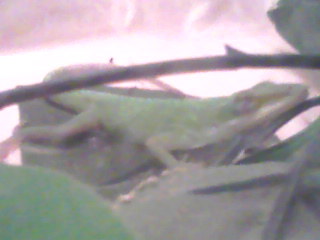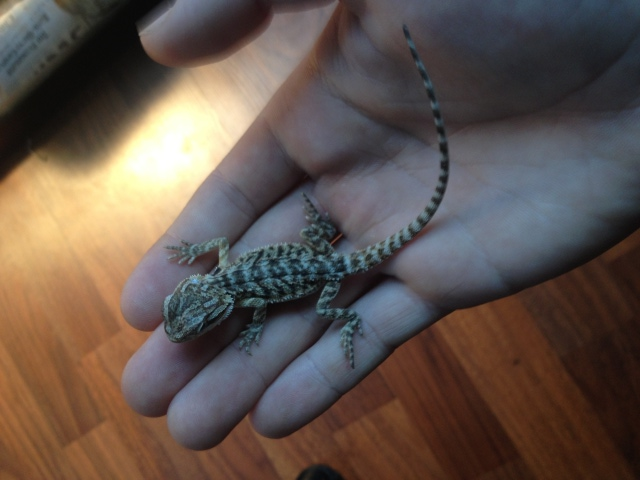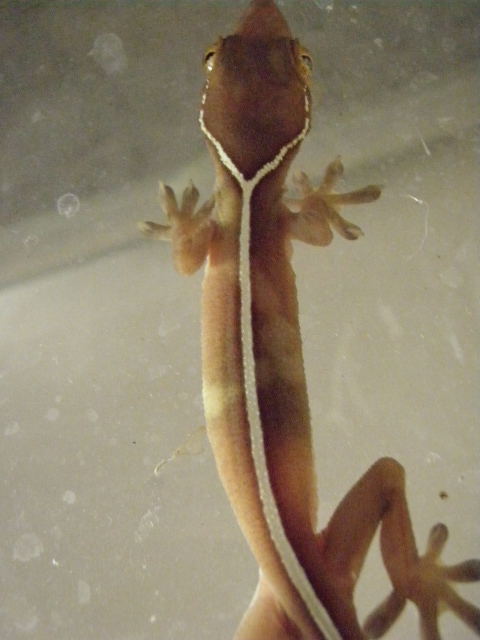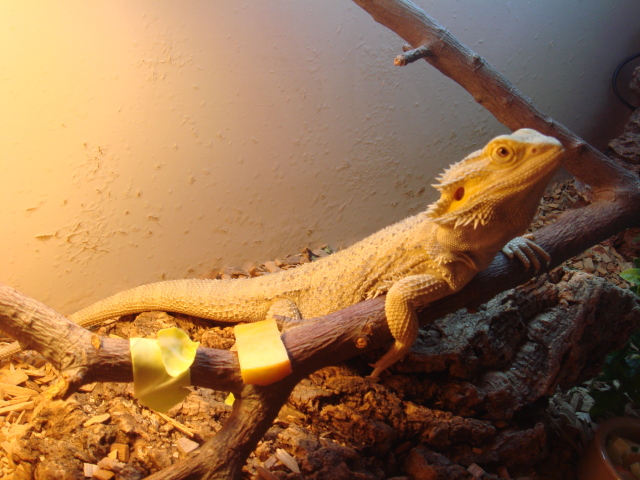QuestionQUESTION: My construction crew found a small "silver" snake in the yard. They killed it and disposed of it before showing me. It was in heavy dense brush in Culpeper County VA. My one guy thought copperhead, but I wanted to double check. We have had a few black snakes closer to the house (and under it), but never a silver one. Since my dog is an avid snake hunter, I am concerned about this being a poisonous snake. Sorry I couldn't give a better description
ANSWER: The only venomous snakes in the US are vipers, which have a distinctive broad, triangular-shaped head, and the coral snake, which is brightly banded in red, black, and yellow.
The description of a 'silver snake' makes me believe that this animal may have been an Eastern Glass Lizard, which is a species of legless lizard, and not a snake at all. This is a terrible tragedy, as this animal is listed as threatened. (Due in part, no doubt, to peoples' willingness to kill snakes first, and ask questions later).
Please advise workers on your property not to randomly kill animals they come across while working. There are agencies to call if a venomous snake should be discovered, and it is not safe for people who have no training to try to kill them. The majority of people who are bitten by venomous snakes are bitten because they tried to mess with the animal, or kill it.
It is not the animals' fault that we're chewing up their habitat and converting it into suburbs, and they should certainly not be forced to pay the 'ultimate price' for our convenience. Venomous snakes that are found in the wrong place can be captured and relocated by professionals. Non-venomous species do us a great deal of good with their presence--most species of snakes are avid eaters of rodents. Rodents carry dangerous and deadly diseases, such as hanta virus and leptospirosis, which can be contracted from their waste. A person with a habit of killing all snakes out of fear, may find themselves with a deadly rodent problem. (If your dog regularly eats small animals, be sure to have it checked for worms regularly--wild animals invariably carry parasites).
While correctly identifying a species from a description that only mentions its color isn't really possible, I am confident that it does not match the description of a copperhead (which is a beautiful animal patterned in shades of browns and tans (and, of course, copper) to blend in with leaf litter, nor is it any type of rattlesnake, as I feel sure the crew would have mentioned a rattle. So, whatever it USED to be, it was non-venomous and harmless.
---------- FOLLOW-UP ----------
QUESTION: Donna, that was the perfect answer. With the description I was given, I too felt it was a harmless creature that should have been left alone as most woodland animals are needed to balance our ecosystem. I prefer when the black snakes get too close to home, to move them to a safer spot (with a catch pole or net). Too many people have the instinct to destroy first, ask questions later. I have five acres and no problem sharing them with all the amazing wildlife that existed before I got here. We are trying to limit the brush we remove and the trees we cut down so that balance can be maintained. Thank you again for alleviating any concerns I might have had
AnswerNo problem, and I'm glad to hear that you're a property owner who does care. :)
Another possibility is that the snake did have patterning that the workers didn't mention--if so, then it might have been a hatchling black snake (which would make sense). Black snakes hatch out a silvery grey color with patterns of brown blotches down their back (much like other rat snakes).
http://www.agnr.umd.edu/Extension/gardening/HGIC_Files/Images2/hatchling_black_r
They turn darker, and eventually black, as they grow up.

 I think my Green Anole is sick
QuestionQUESTION: I have noticed two days ago that my a
I think my Green Anole is sick
QuestionQUESTION: I have noticed two days ago that my a
 My baby bearded dragon wont eat
QuestionQUESTION: I bought my first bearded dragon (Yos
My baby bearded dragon wont eat
QuestionQUESTION: I bought my first bearded dragon (Yos
 spots on gekko vittatus
Question
Spots foto
Hello, I have recently notic
spots on gekko vittatus
Question
Spots foto
Hello, I have recently notic
 Dragon turning yellow
QuestionQUESTION: I have a 7 year old male, was g
Dragon turning yellow
QuestionQUESTION: I have a 7 year old male, was g
 bearded dragon with one eye closed
QuestionQUESTION: i got up this morning to my bearded d
bearded dragon with one eye closed
QuestionQUESTION: i got up this morning to my bearded d